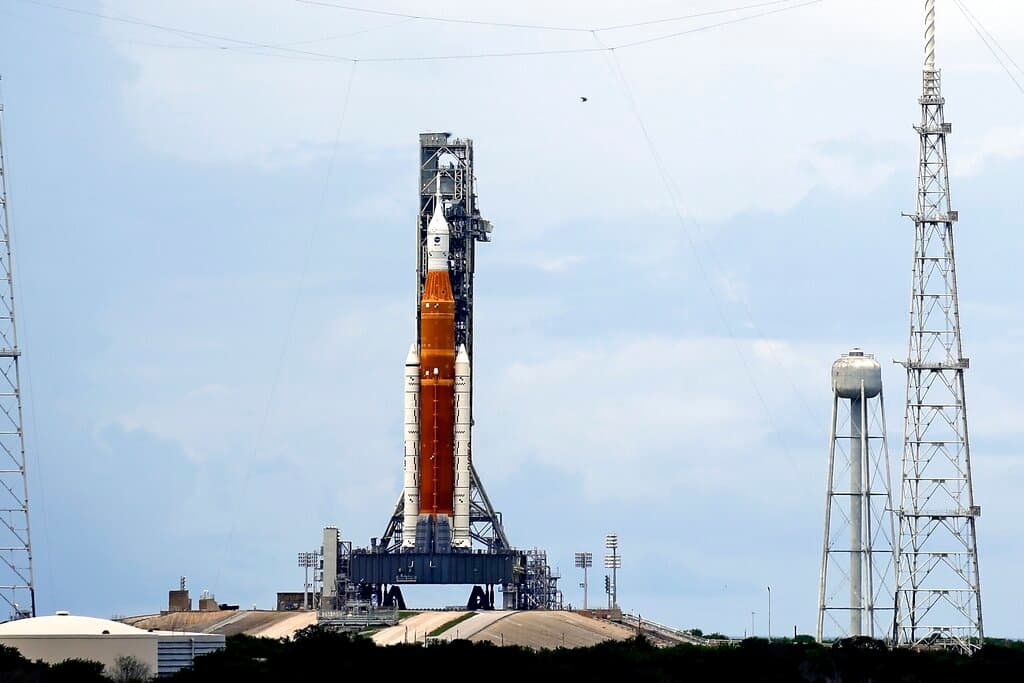NASA Scrubs Moon Launch After Fuel Leak and Engine Trouble
The next launch attempt will not take place until Friday at the earliest. The flight is part of NASA’s 21st-century moon-exploration program, named Artemis after Apollo’s mythological twin sister.

CAPE CANAVERAL, Florida — A fuel leak and then an engine problem during final liftoff preparations led NASA to scrub the launch of its mighty new moon rocket Monday morning on a shakedown flight with three test dummies aboard.
Please check your email.
A verification code has been sent to
Didn't get a code? Click to resend.
To continue reading, please select:
Enter your email to read for FREE
Get 1 FREE article
Join the Sun for a PENNY A DAY
$0.01/day for 60 days
Cancel anytime
100% ad free experience
Unlimited article and commenting access
Full annual dues ($120) billed after 60 days
